Frequently Asked Questions
How does it work?
Fraxel treatment uses patented fractional technology to target damaged skin with microscopic laser columns that penetrate deep into the skin. The laser treats only a fraction of tissue at a time, leaving the surrounding tissue untouched, which promotes rapid healing. This stimulates your body’s own natural healing process, replacing the old and damaged cells with fresh, glowing, healthy skin. Visit Technology & Innovation for more information.
When do the results appear, and how long do they last?
How many treatments will I need?
Desired outcomes are typically reached in multiple treatments. Your practitioner will work with you to identify the specific number of treatments that may be required to meet your goals and desired results. Learn more about what to expect from a Fraxel treatment.
What should I expect after treatment?
How is a Fraxel treatment different from other laser skin rejuvenation procedures?
Traditionally, two kinds of laser treatment have been available for cosmetic skin treatment: ablative and non-ablative. Typical ablative treatments, which use a high temperature to vaporize unwanted tissue, can be effective – but with significant side effects and several weeks of recovery time.
Non-ablative treatments, meanwhile, have very few side effects and low downtime, but they commonly require numerous treatments to produce more modest results.
Fraxel laser treatment delivers the potency of ablative treatments with the faster recovery time of non-ablative laser. That means you get the best of both worlds: visible results and less downtime.
The Fraxel family of products has several treatments, all delivering remarkable results with fast recovery. The treatments fall into two categories:
- NON-ABLATIVE
- Fraxel Dual 1550/1927 treatment – for mild to severe skin damage. To learn more, read the Fraxel Dual FAQs.
- ABLATIVE
- Fraxel re:pair® treatment – for the correction of moderate-severe photoaging, usually in just one or two treatments. Fraxel re:pair treatment uses a high-intensity carbon dioxide (CO2) laser to address the most severe signs of skin damage – without the degree of risks, complications and prolonged downtime of other ablative laser procedures. To learn more read the Fraxel re:pair FAQs.
Remember, everyone’s goals and circumstances are different, so for an individualised recommendation, we recommend consulting your Fraxel provider.
REVEAL YOUR RADIANCE
Contact a Fraxel provider today.















